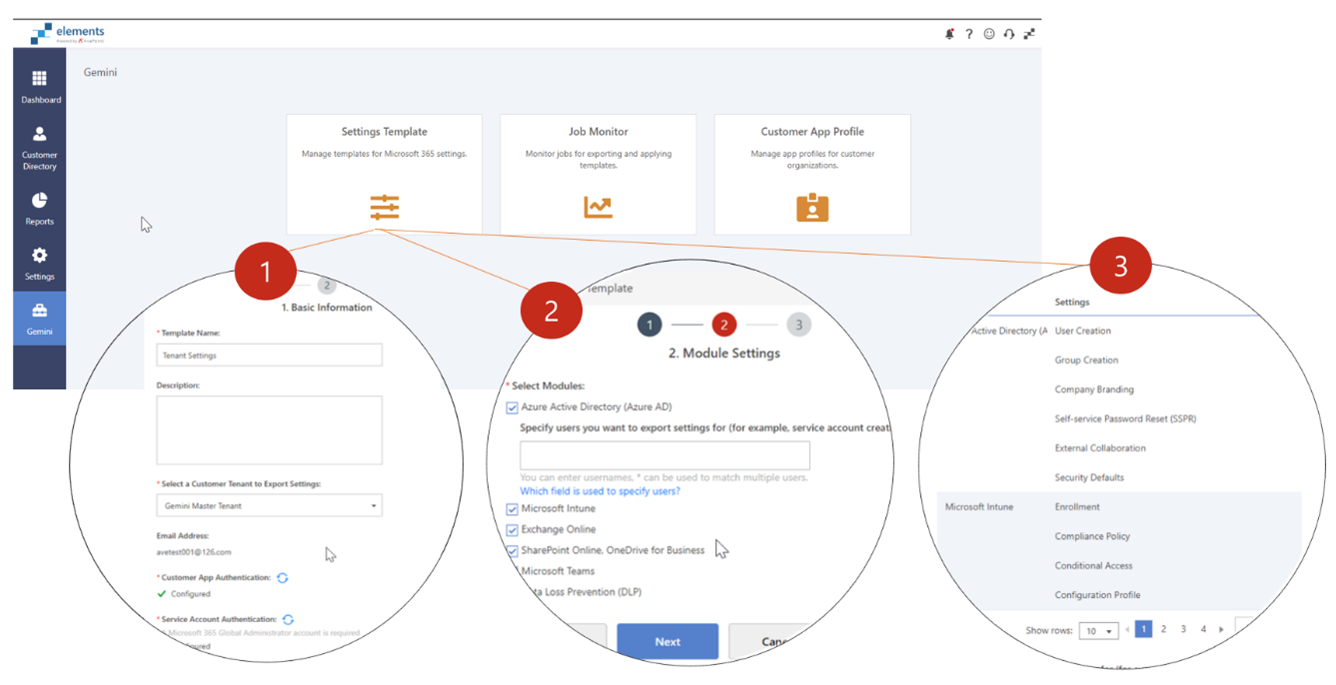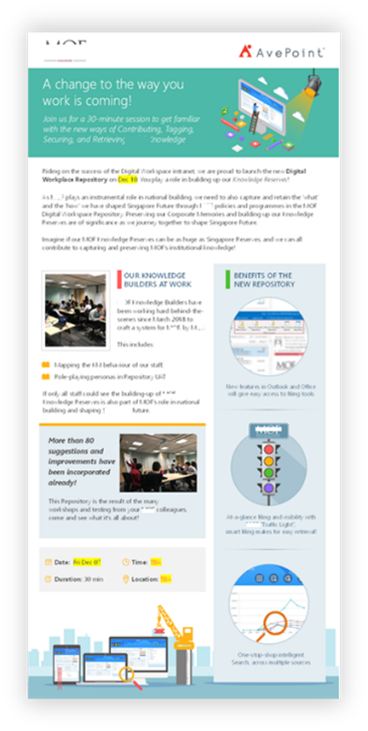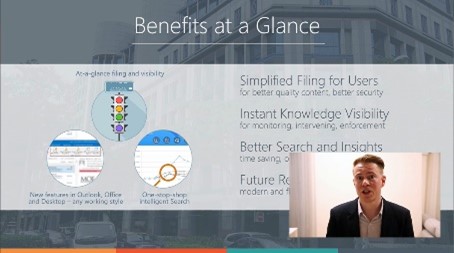As organizations worldwide continue to recalibrate their M&A strategies in response to COVID-19, one longstanding truth endures: bringing separate businesses together is disruptive. In fact, many fail to achieve their forecasted revenue goals or projected cost savings within the first five years, according to Deloitte.
Deal-making has reached record heights over the last year as executives strive to future-proof their organizations, ensuring that their technology, operations, and product or service offerings are nimble and resilient enough to withstand rapidly changing market forces. Technology is guiding this shift: 76 percent of business leaders plan to allocate more resources to digital transformation, including data analytics, automation, and the cloud, a late 2020 survey from PwC found. Furthermore, 53% indicated they would allocate more to M&A as a way to achieve their key strategic priorities.
Meanwhile, the pace of M&A activity has accelerated dramatically. Transactions that once may have taken months to go from a signed letter of intent to closing are now often completed within weeks. As a result, executives are facing increased pressure to complete the integration process more quickly. PwC’s M&A Integration Survey found that companies who involve integration teams early in the deal process are 40 percent more likely to see favorable results.

It’s all a lot to manage — which is why enabling digital collaboration strategies and solutions across your newly formed business entity as quickly as possible is crucial to meet these evolving challenges and timelines.
Here are three ways that achieving rapid collaboration can add value to the M&A process:
1. Secure Communication and Comprehensive Data Protection
Along with the inevitable disruption, every business recombination comes with risk. Regardless of a project’s size or scope, technology and cybersecurity risks often top the list of challenges. Organizations can mitigate their security risk by employing a well-defined, disciplined, and transparent approach to digital collaboration in the workplace.
The first risk appears before the transaction is even completed, during the due diligence phase. Gone are the days of holing up in a conference room for days on end working through a big deal. Transactions are increasingly being executed in a purely remote environment, so it’s absolutely critical to create a hyper-secure digital space where both parties can collaborate in confidence.
WATCH THE AVEPOINT WEBINAR: One Team, One Dream, One Collaboration Environment
In fact, a recent study from Deloitte indicated that cybersecurity threats are top of mind for more than half of respondents as companies manage deals virtually. It would be short-sighted to rely on a simple file-sharing tool or standard data protection measures to address these concerns. Rather, best practices dictate that sensitive projects like due diligence should be executed in a purpose-built solution that enables secure collaboration amongst internal and external users.
Once the transaction has been executed, it’s time to integrate. The same Deloitte study reports that “technology integration” is the biggest hurdle to effectively managing M&A integration in a purely virtual environment. Precise planning is critical — the benefits of a smooth, quick tenant migration go beyond just productivity gains. An effective cloud consolidation strategy should include:
- Better insights into user activity and license usage
- Enhanced monitoring
- Consistent security updates and ongoing monitoring
- Strong policies and governance strategies

Ensuring that users, content, and even permissions are appropriately organized in your collaboration destination is critical, but don’t forget about setting and governance planning too. For example, if the source has completely different policies and settings than the destination, which one wins? By considering these scenarios in advance, you can set your migration up for success. Finally, make sure that you have a backup and retention plan in place to bounce back fast from user errors, ransomware, and more. The only way to better control your risk is to better control your environment.
2. Faster, More Efficient Transformation
Most transactions aim to reduce costs within the first 18 months. One of the first priorities in planning an M&A integration must be to align IT to support business growth.
By undertaking a rapid discovery and transformation process, you can get to your new collaboration experience faster. AvePoint can help you consolidate multiple tenants—and even multiple clouds—into Microsoft 365, allowing you to leverage cloud solutions more effectively. Tenant consolidation also leads to more efficient operations, improved collaboration, and better resource management.
To ensure the most seamless migration experience, it’s critical to first undergo a comprehensive discovery process. This process will not only examine content, but also business processes, workflows, settings, permissions, users, and licenses. The output from this discovery will inform your migration plan, identifying potential gaps and risks, plotting out the steps, and setting a timeline.

Additionally, an analysis of your Microsoft 365 license allocation and usage across your existing tenants will help you understand whether you’re under- or over-assigned so you can make adjustments to stay within budget once consolidated.
Remember, a rapid, disciplined integration is a key factor in M&A change management. By minimizing employee confusion and frustration, leaders can quickly focus on the day-to-day management of the newly combined company.
3. Improved Productivity and Innovation Across the Enterprise
Microsoft Teams delivers the ultimate collaboration experience. In order to unlock its maximum potential, Teams should be rolled out strategically with an eye toward sustainable user adoption.
While IT may be focused on the technical aspects of a merger or acquisition, it’s important not to forget about the impact to end users. Managing the employee experience is critical to capturing deal value, and it’s important to provide clarity and direction throughout the transition.
An effective change management plan is designed to engage and retain talent through proactive internal communications and training. If you’re changing the rules, you have to keep the users informed about how the changes will impact them—an often-neglected piece of a transformation project. Rather than simply pushing out some generic training materials, it’s important to remember that different people learn in different ways. To maximize user adoption, make sure to vary your communication methods, using everything from webinars to print to town halls.


Remember, the goal is to support the long-term, sustainable adoption of these powerful digital collaboration tools. Embedding digital collaboration into day-to-day workflows and business processes promises to drive employee productivity and performance, once again adding value to your deal.
While businesses have increasingly turned to mergers and acquisitions as a way to improve agility and resiliency, it’s clear that digital collaboration is paramount to a transaction’s success. From due diligence through integration, dial back the disruption with a tailored technology plan that lets you respond faster and with less risk.
Don’t know where to start? Whether you’re looking for some guidance or you want someone else to take the reins, AvePoint’s got you covered with solutions to support you through every step of your M&A.
“One Dream, One Team, One Collaboration Environment” Resources:

